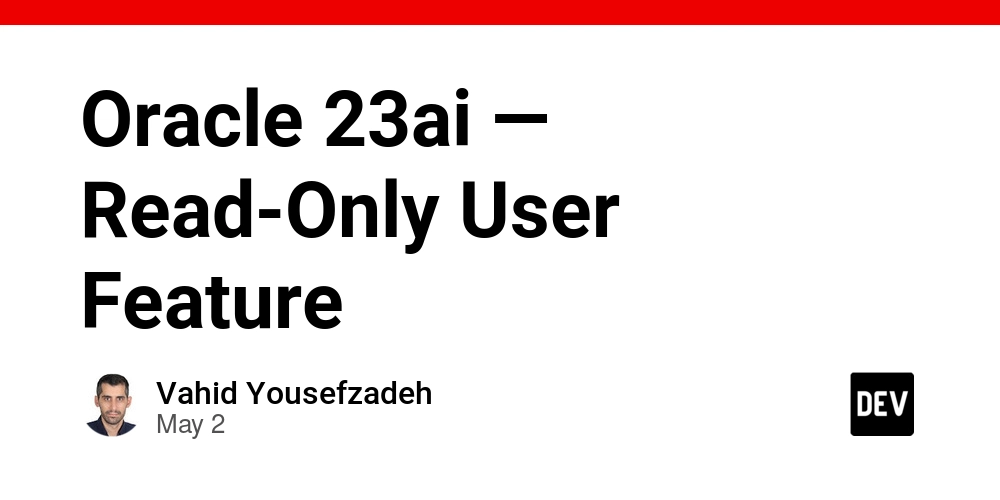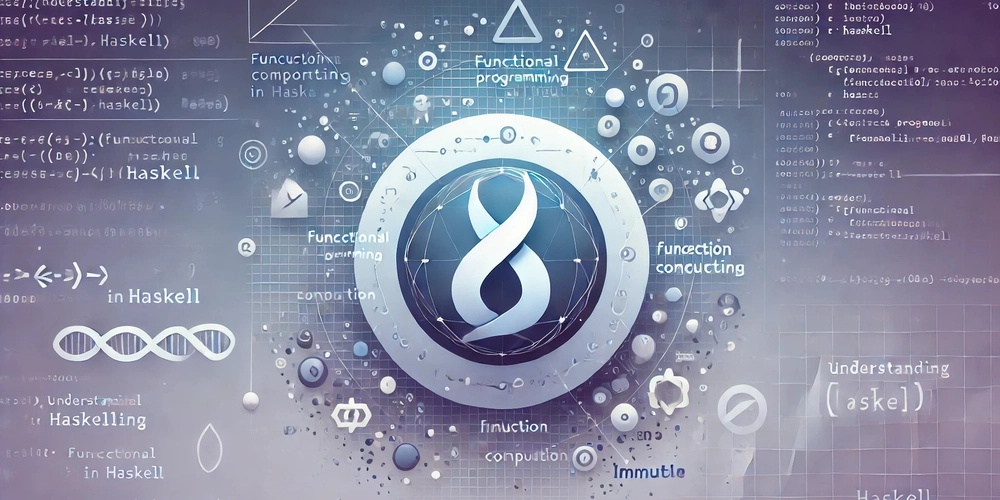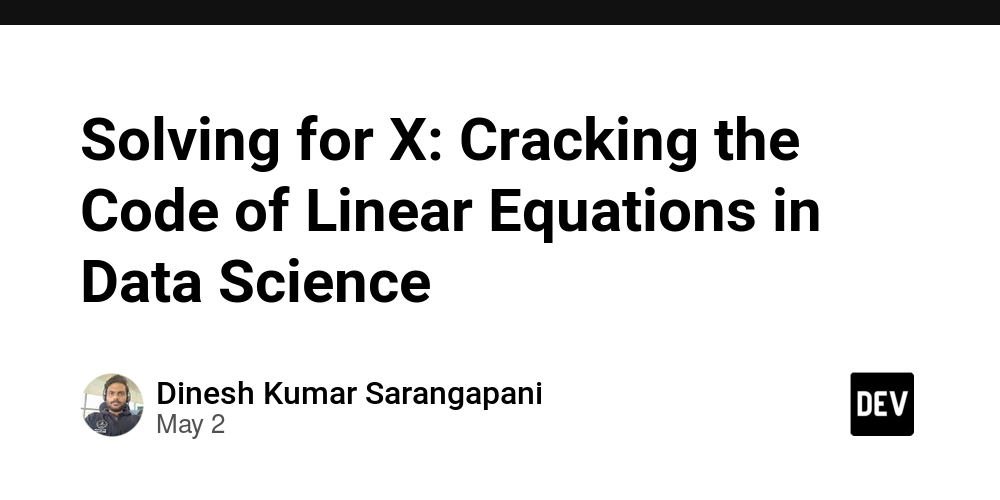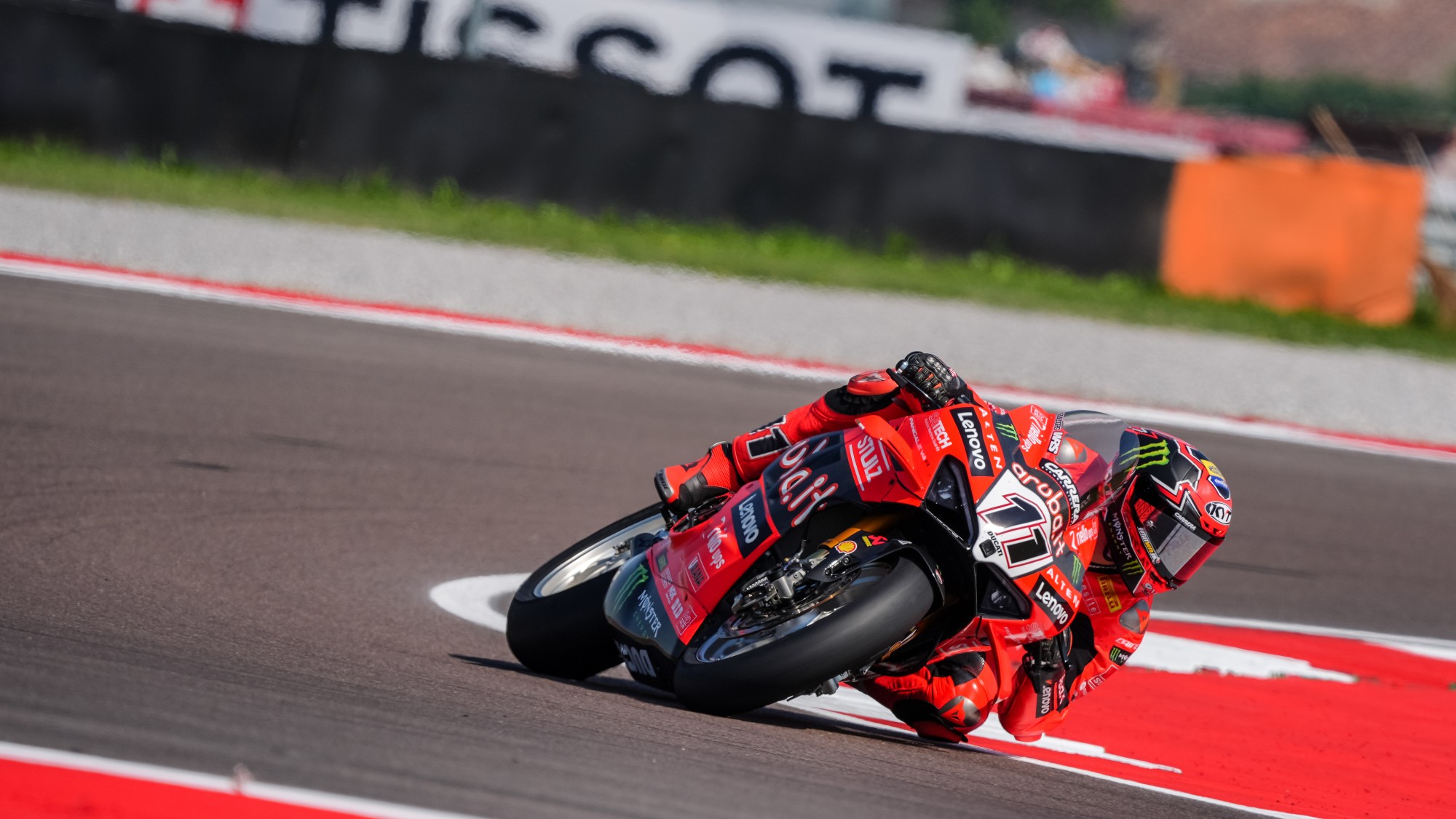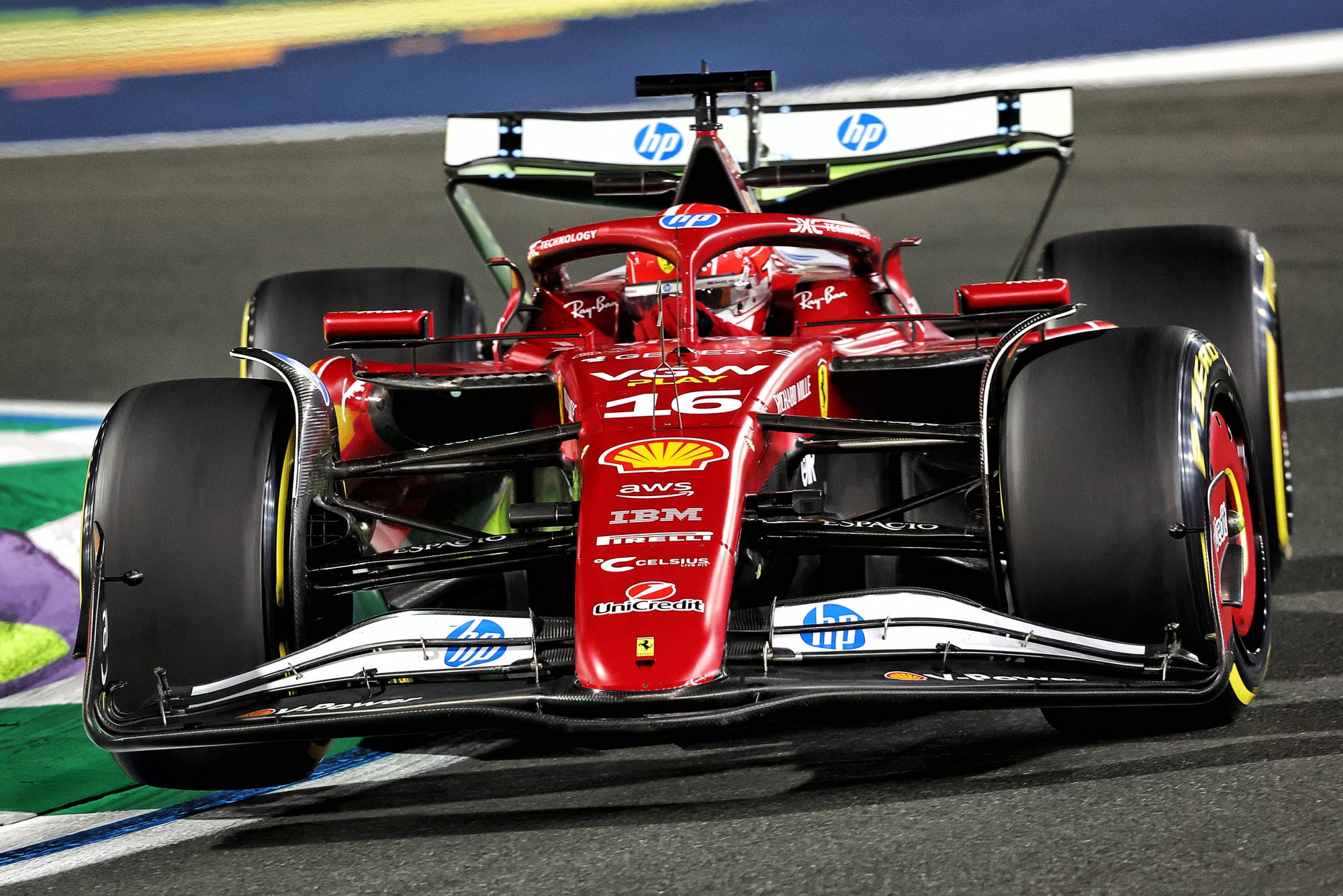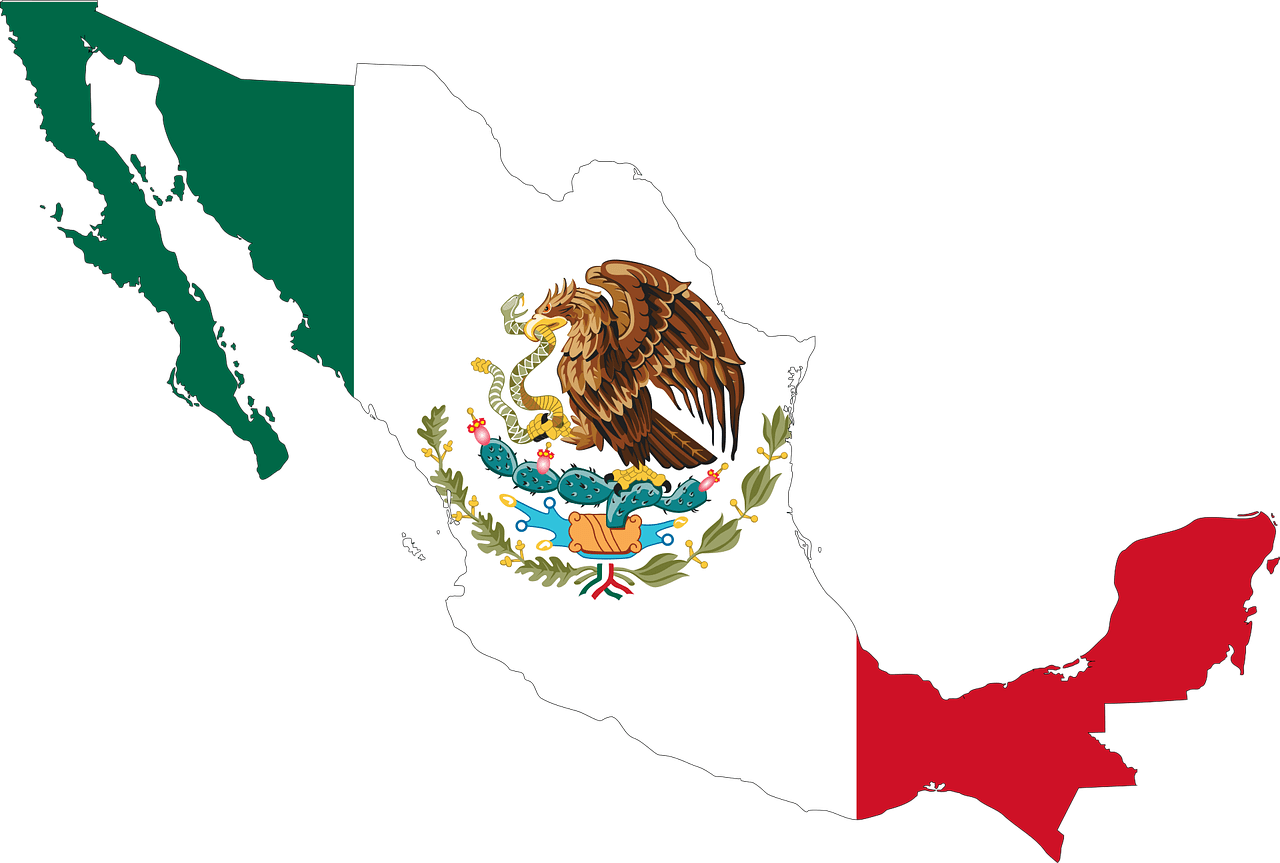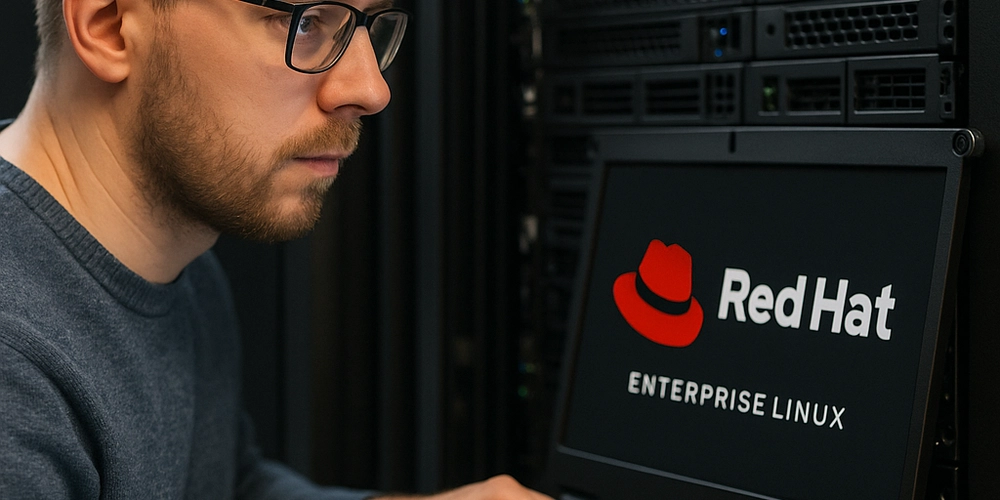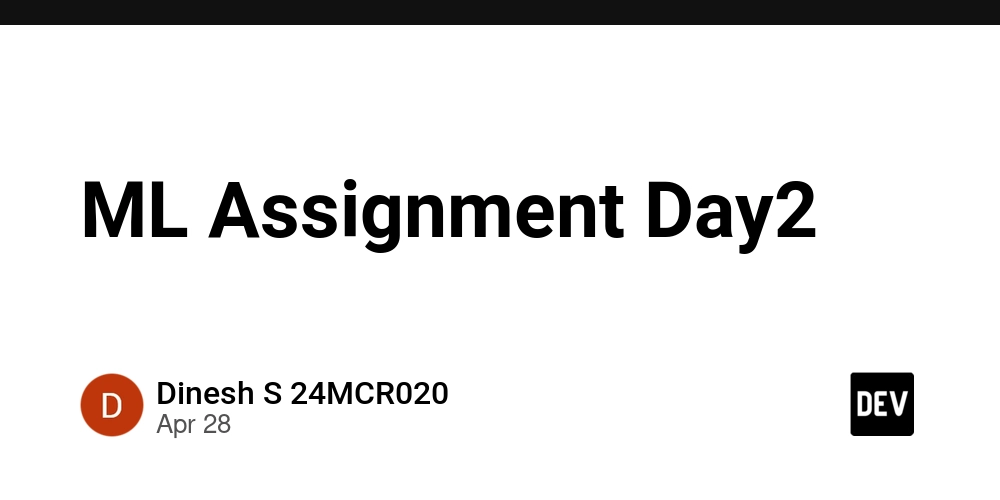CATALYSIS ARCHITECTURE: NETWORKS
On our first writing about CATALYSIS we talked about the purpose of CATALYSIS and how it helps the blockchain's ecosystem as a whole especially in terms of security. Now we're gonna dive deeper into CATALYSIS ARCHITECTURE here we're gonna figure out what is done behind the scenes and how it all comes together to provide seamless security for web3 projects and protocols. The first thing we're going to talk about is the NETWORKS. In Catalysis, a Network is like a decentralized team that checks and proves things that happen outside the blockchain (off-chain). The Network has two parts: On-chain contracts(smart contracts that live on the blockchain and store results or proofs) Off-chain Operators(people or computers running special software to do the work) In other words here's how it works simply: Operators do tasks off-chain (outside the blockchain). After finishing, they send proof (evidence) back on-chain to the Network’s smart contracts. If Operators do their job correctly, they get rewards. If they cheat or mess up, they lose some of their staked money (P.S is called slashing). To make sure we have a better understanding understanding here's a technical example using A Decentralized Price Oracle Network: Problem: Imagine you need to get the latest price of Bitcoin from outside the blockchain (from real-world exchanges) and post it on-chain for smart contracts to use. In Catalysis, this would work like: The Network is set up specifically to fetch Bitcoin prices. -It has on-chain smart contracts ready to accept and verify price data. -It has an off-chain set of Operators(computers run by different people). Operators’ Job: -Each Operator runs client software that automatically fetches the Bitcoin price from multiple sources (like Binance, Coinbase, Kraken). On-chain Contract’s Job: -The smart contract receives the prices from Operators. -It checks if most Operators agree on the price (example: a 2/3 majority). -If they agree, the price is accepted and stored on-chain. Rewards and Slashing: -Honest Operators who post correct prices get rewarded (tokens or fees). -If an Operator posts a fake price (example: claiming Bitcoin is $2 instead of $95,000), and it doesn’t match others, the smart contract can slash their staked tokens as punishment. And this is just a sim[plied explanation of how networks work in the Catalysis Ecosystem. Now we moving on to the next: Why Build a Network? Building a new decentralized network is usually very hard because: -You need to gather a lot of money (capital) to secure it. -You need to find and manage validators (operators who keep the network safe). -You need to make sure everything is secure and decentralized (and that takes a lot of time and resources). But with Catalysis and shared security: You don’t have to build your own validator network from scratch. Instead, you can borrow security from big, strong blockchains like Ethereum, Bitcoin, or Solana. This saves you a ton of time, effort, and money. You can focus on building your unique product while Catalysis and shared security handle the protection. We're going to give an example of this with a Decentralized Gaming Network

On our first writing about CATALYSIS we talked about the purpose of CATALYSIS and how it helps the blockchain's ecosystem as a whole especially in terms of security.
Now we're gonna dive deeper into CATALYSIS ARCHITECTURE here we're gonna figure out what is done behind the scenes and how it all comes together to provide seamless security for web3 projects and protocols.
The first thing we're going to talk about is the NETWORKS.
In Catalysis, a Network is like a decentralized team that checks and proves things that happen outside the blockchain (off-chain).
The Network has two parts:
- On-chain contracts(smart contracts that live on the blockchain and store results or proofs)
- Off-chain Operators(people or computers running special software to do the work)
In other words here's how it works simply:
- Operators do tasks off-chain (outside the blockchain).
- After finishing, they send proof (evidence) back on-chain to the Network’s smart contracts.
- If Operators do their job correctly, they get rewards.
- If they cheat or mess up, they lose some of their staked money (P.S is called slashing).
To make sure we have a better understanding understanding here's a technical example using A Decentralized Price Oracle Network:
Problem:
Imagine you need to get the latest price of Bitcoin from outside the blockchain (from real-world exchanges) and post it on-chain for smart contracts to use.
In Catalysis, this would work like:
- The Network is set up specifically to fetch Bitcoin prices. -It has on-chain smart contracts ready to accept and verify price data. -It has an off-chain set of Operators(computers run by different people).
- Operators’ Job: -Each Operator runs client software that automatically fetches the Bitcoin price from multiple sources (like Binance, Coinbase, Kraken).
- On-chain Contract’s Job: -The smart contract receives the prices from Operators. -It checks if most Operators agree on the price (example: a 2/3 majority). -If they agree, the price is accepted and stored on-chain.
- Rewards and Slashing: -Honest Operators who post correct prices get rewarded (tokens or fees). -If an Operator posts a fake price (example: claiming Bitcoin is $2 instead of $95,000), and it doesn’t match others, the smart contract can slash their staked tokens as punishment. And this is just a sim[plied explanation of how networks work in the Catalysis Ecosystem.
Now we moving on to the next:
Why Build a Network?
Building a new decentralized network is usually very hard because:
-You need to gather a lot of money (capital) to secure it.
-You need to find and manage validators (operators who keep the
network safe).
-You need to make sure everything is secure and decentralized (and
that takes a lot of time and resources).
But with Catalysis and shared security:
- You don’t have to build your own validator network from scratch.
- Instead, you can borrow security from big, strong blockchains like Ethereum, Bitcoin, or Solana.
- This saves you a ton of time, effort, and money.
You can focus on building your unique product while Catalysis and
shared security handle the protection.
We're going to give an example of this with a Decentralized Gaming Network






















